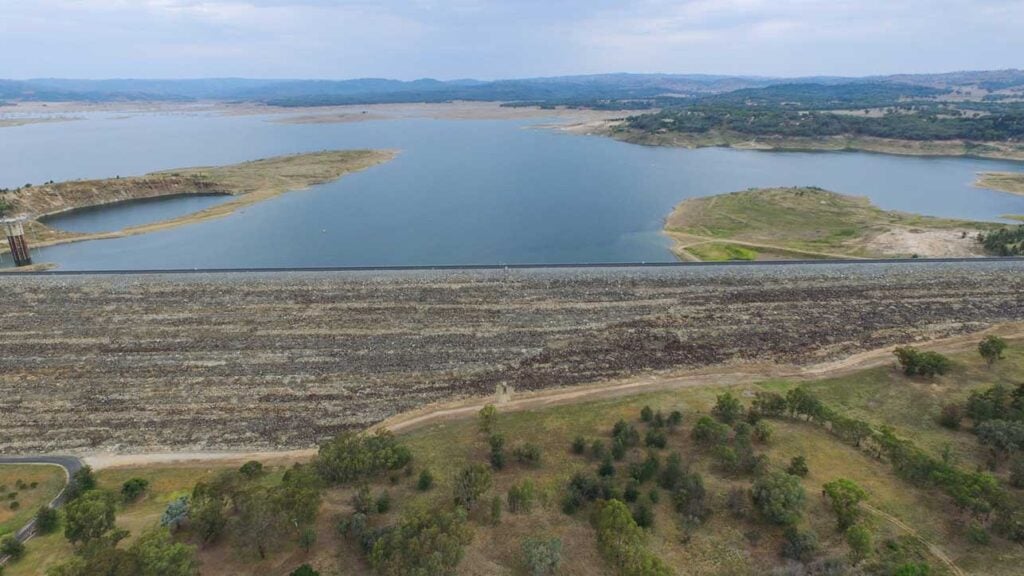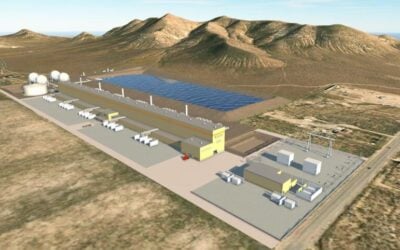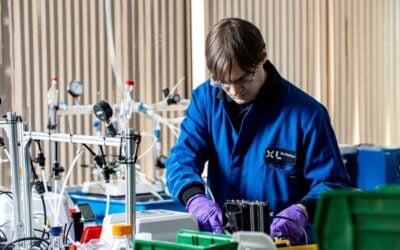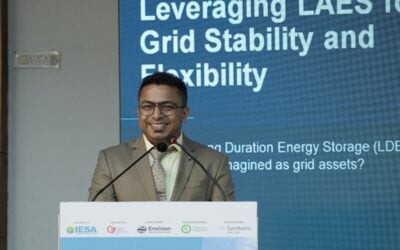
State-owned company WaterNSW has confirmed it is exploring opportunities to implement pumped hydro energy storage (PHES) across 41 of its dams in New South Wales, Australia.
“We are continuing to assess our land portfolio to identify sites for further opportunities for long-duration energy storage projects and expect to go to market for expressions of interest following this process,” said Ronan Magaharan, WaterNSW executive manager of operations.
The organisation confirmed today (7 April) that it has started pre-feasibility studies to identify which of the company’s 41 dams across the state could house PHES. Potential developers will conduct further investigation once a possible site has been uncovered.
Pre-feasibility studies encompass grid capacity, access and terrain, geotechnical suitability and functional design for a PHES site.
Try Premium for just $1
- Full premium access for the first month at only $1
- Converts to an annual rate after 30 days unless cancelled
- Cancel anytime during the trial period
Premium Benefits
- Expert industry analysis and interviews
- Digital access to PV Tech Power journal
- Exclusive event discounts
Or get the full Premium subscription right away
Or continue reading this article for free
WaterNSW has advocated for pumped hydro for long-duration energy storage (LDES) in New South Wales, owing to the various opportunities these sites could provide. To support the storage technology, WaterNSW launched the Renewable Energy and Storage Program.
Through this scheme, WaterNSW provides developers with access to agreed-upon land to complete studies and support the project’s planning assessment. As a direct outcome of the scheme, several PHES projects are being explored, including Glennies Creek and Glenbawn dams in the Hunter Valley, Burrendong Dam in the Central West, and Lake Burragorang in Western Sydney.
At Burrendong Dam, Acen Australia is pursuing the development of an 800MW 15-hour duration pumped hydro project. It is estimated to cost in the region of AU$1.8 billion (US$1.08 billion).
The Pheonix PHES will be built at Burrendong Dam, an inland dam that provides irrigation, flood mitigation, water supplies, and 19MW of run-of-river hydroelectric power generation. It will have a purpose-built, off-stream upper and lower storage reservoir connected by a tunnel to a powerhouse containing a pump turbine unit.
The Pheonix PHES site was one of the projects that secured a Long-Term Energy Service Agreement (LTESA) contract from Australian Energy Market Operator (AEMO) Services as part of a New South Wales Roadmap competitive tender. In total, 14GWh of LDES was awarded.





